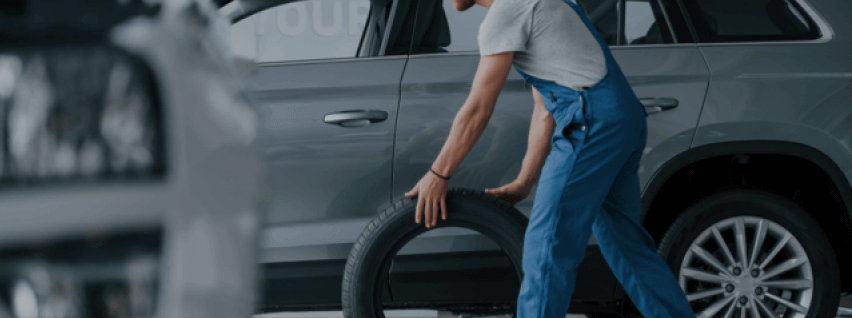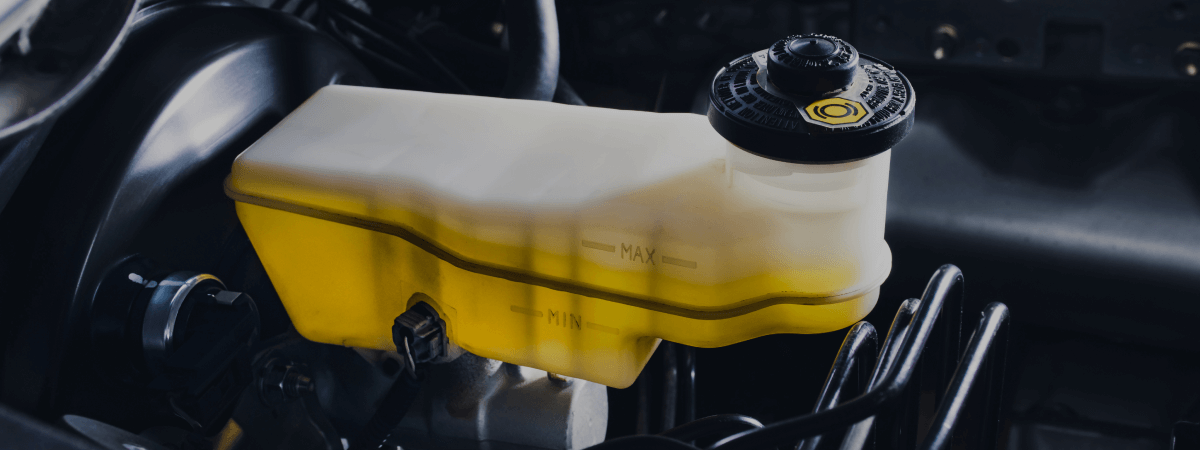
As a new driver, it’s important to be familiar with the different aspects of your vehicle to keep it running smoothly. Here are a few things you should know:
How to Check the Fluids
Checking your engine oil regularly is one of the most important things you can do for your car. You should get in the habit of checking it every time you fill up your gas tank. To do this, remove the dipstick from the engine and wipe it off with a clean cloth. Then, reinsert the dipstick and pull it out again to see where the oil level falls on the stick. If it’s low, add more oil until it reaches the full line.
You should also know where to locate other fluid reservoirs under the hood, including coolant and windshield washer fluid. The caps or containers are usually labeled, but you can refer to your owner’s manual if you’re still unsure where to look.
Some fluids are easier to flush and refill than others; it should be a cinch to top off the washer fluid, but you may want to schedule your oil change with the auto repair experts at Master Muffler Clearfield every 3,000 miles or so.
How to Change a tire
If you get a flat tire, don’t panic! Changing a tire is actually pretty simple. First, make sure you have a spare tire in your trunk, under the vehicle, or attached to the back. In the event you get a flat, try to park your car on level ground and put on the parking brake. Loosen the lug nuts on the flat tire with a wrench (but don’t remove them yet). Place the jack under the car, being careful to do so at “jacking points.” These are usually located just behind the front wheels and just in front of the rear wheels; the four jacking points are also called the car’s rocker panels.
Once, the flat tire is elevated off the ground, remove the lug nuts and then the flat tire. Put on the spare tire and tighten the lug nuts. Lower the car back down to the ground and give all of the lug nuts an extra tightening with the wrench.
How to Check Your Tire Pressure
Checking your tire pressure is another important part of keeping your car in good condition. You should do this at least once a month. To check your tires, remove the cap from the valve stem and press a tire gauge onto the stem. The gauge will give you a reading of how much air is in your tires. If the reading is lower than the number on the side of your tire, you need to add air. You can do this at many gas stations, or with an air compressor at home.
How to Pump Gas
This may seem like a no-brainer, but drivers should learn how to pump gas. Although it’s the norm to pump your own gas these days, that hasn’t always been the case; don’t be that driver who doesn’t know which side their fuel tank is on, or how to open it up. Familiarize yourself with the button that opens the fuel door, and which octane is best for your engine.
What Those Dashboard Lights Mean
There are a lot of different lights on your dashboard, and it can be confusing to know what they all mean. Here are some of the most common ones:
The “check engine” light
This light comes on when there’s a problem with your engine. If you see this light, you should take your car to a mechanic as soon as possible.
The “low oil” light
This light comes on when your engine is low on oil. You should add oil as soon as possible to avoid damage to your engine.
The “service engine soon” light
This light comes on to remind you that it’s time for your car’s routine maintenance (like an oil change).
The “tire pressure” light
This light comes on when one or more of your tires is low on air. You should check your tire pressure and add air if necessary.
Now that you know a little bit more about your car, you can keep it running smoothly for years to come with the help of the auto repair team at Clearfield Master Muffler.
Related Posts
Key Takeaways On average, passenger vehicle tires last 40,000 to 60,000 miles, depending on type, driving habits, and maintenance. Replace tires when tread depth reaches 2/32”, if damaged, or older than 10 years. Regular rotation, alignment, and proper inflation extend tire life. Aggressive driving, poor roads, and harsh weather shorten tire lifespan. Take advantage [...]
When you think about car maintenance, you probably focus on oil changes, tire rotations, and maybe even brake pad replacement. But what about your brake fluid? If you’ve ever wondered, “What does brake fluid do?” or “Why is brake fluid important?”, you’re not alone. Brake fluid might not be the most talked-about part of [...]
Is that high-pitched squeal from your brakes driving you—and everyone else—crazy? Don’t ignore it. Squeaky brakes aren’t just annoying, they’re your car’s way of saying something needs attention. Whether you're cruising through Salt Lake City or winding up Idaho’s mountain passes, here’s what’s likely going on, how you can fix it, and when it [...]





